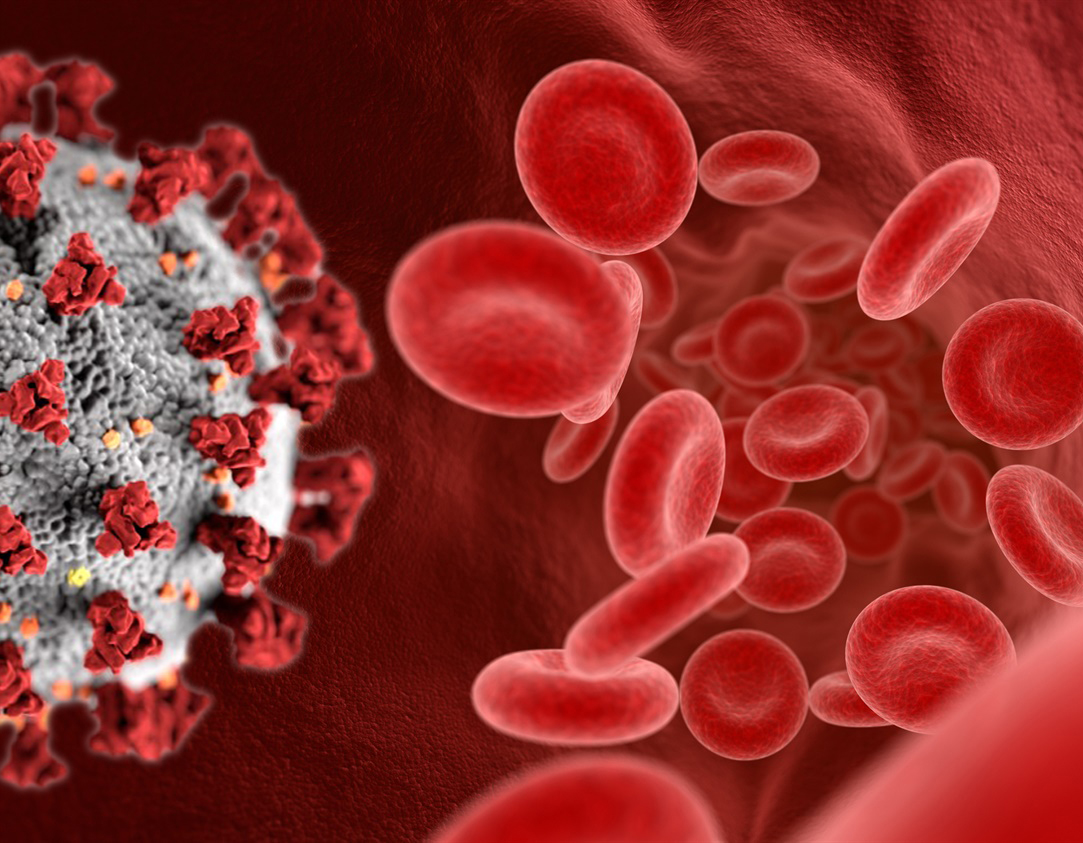In this article, the authors describe the case of a mild hemophiliac patient suffering from Covid-19 pneumonia, focusing their attention on how the presence of hemophilia affects the management of COVID pneumonia.
The typical symptoms of COVID-19 mimic those of the common season flu. In addition, several changes in the coagulation processes have been observed. To date, it’s not fully clear how COVID-19 may affect patients with hereditary bleeding disorders. Anticoagulation in patients with haemophilia is still debated, but in this case could be needed.
We are reporting a case of an elderly patient, 77 years-old with mild haemophilia A ( FVIII 25%) hospitalized for Sars-Cov-2. On the 15th day of hospitalization, we observed an increase of all coagulation parameters( FVIII 140.5% , FvWAg 603,8% e FvWRCo 511.2 %; d-dimero 4075 ug/L e IL-6 633 ng/L. An antithrombotic prophylaxis at low dosage with enoxaparin 4000 IU/day was initiated and maintained throughout his hospital stay.
Even if much more data are needed to ascertain the real thrombotic risk of haemophilia A in COVID-19 patients. It’s clear that the FVIII and vWF should be strictly monitored in order to promptly establish an adequate treatment and avoid the onset of thromboembolic events, even fatal, causing many deaths in COVID-19 patients.
Sito: https://www.ncbi.nlm.nih.gov/pubmed/ / Data: Novembre 2018
Titolo: How haemophilia A impacts severe acute respiratory syndrome coronarovirus 2 ( SARS-Cov-2) treatment: a case report
Autori:Ezio Zanon, Samantha Pasca, Elena Campello, Luca Spiezia, Roberto Vettor, Paolo Simioni
Rivista: ,Journal of Thrombosis and Thrombolysis 2020 Nov;50:795-798.



